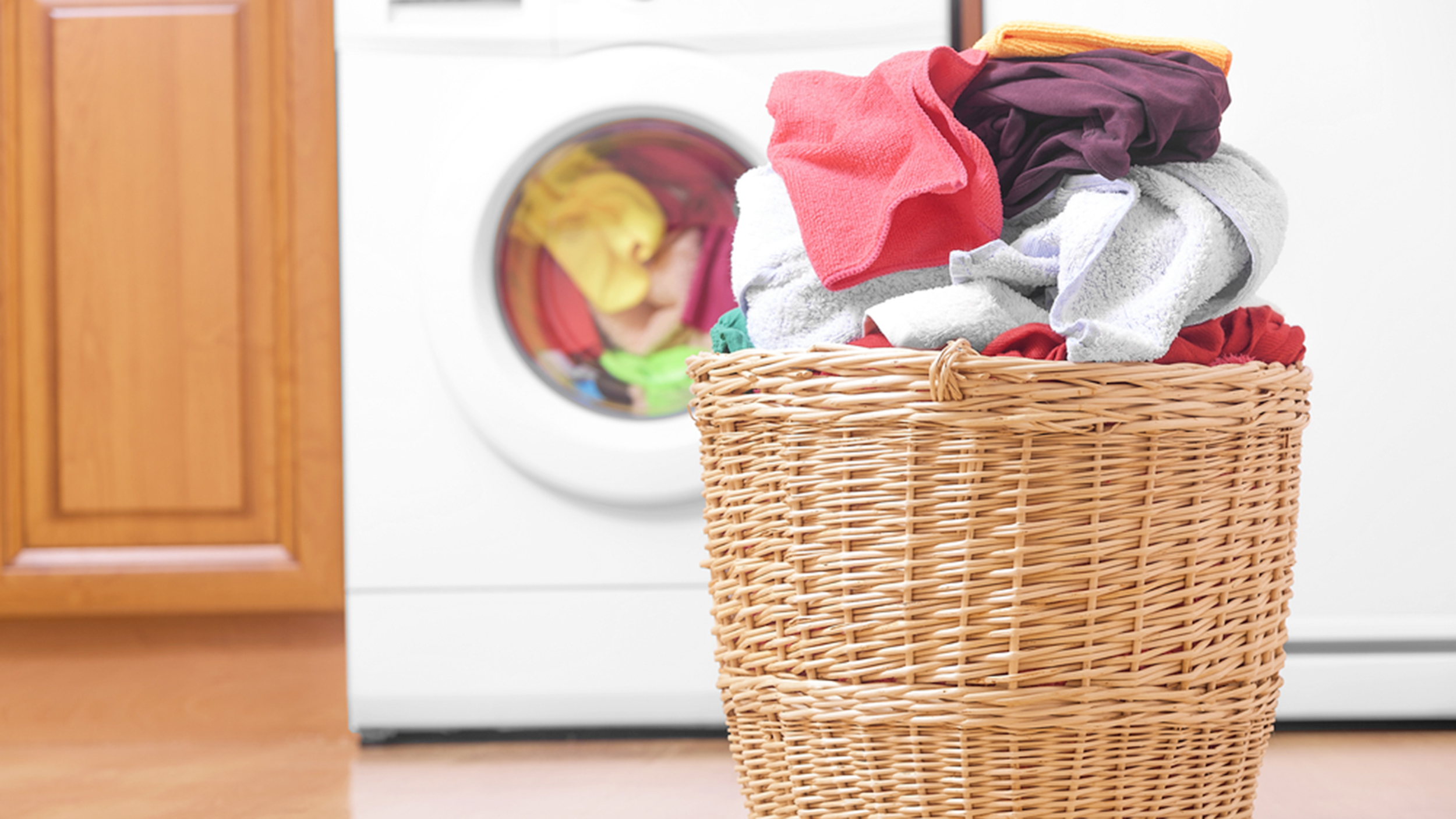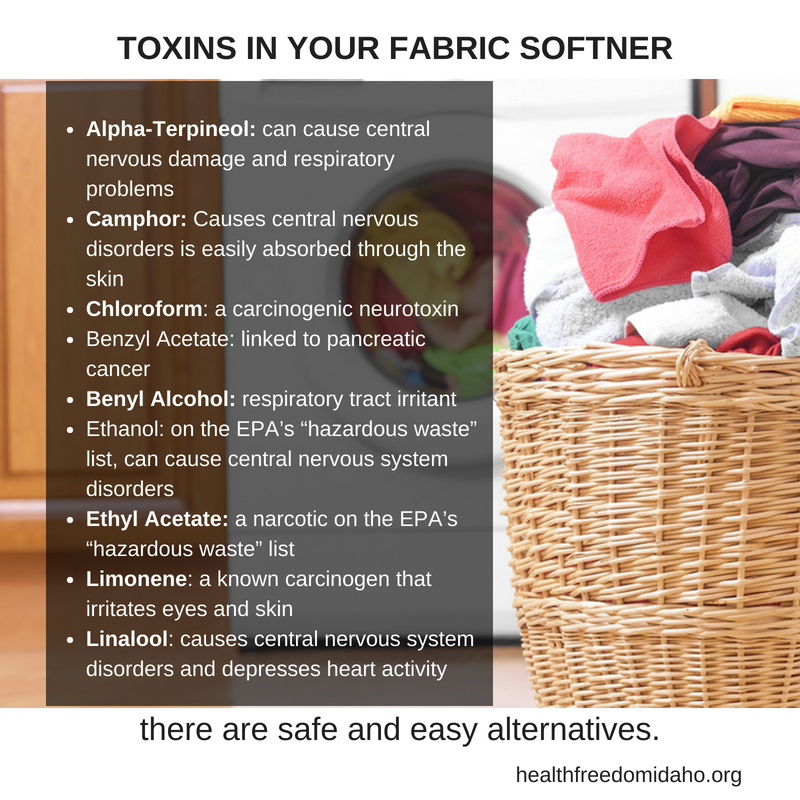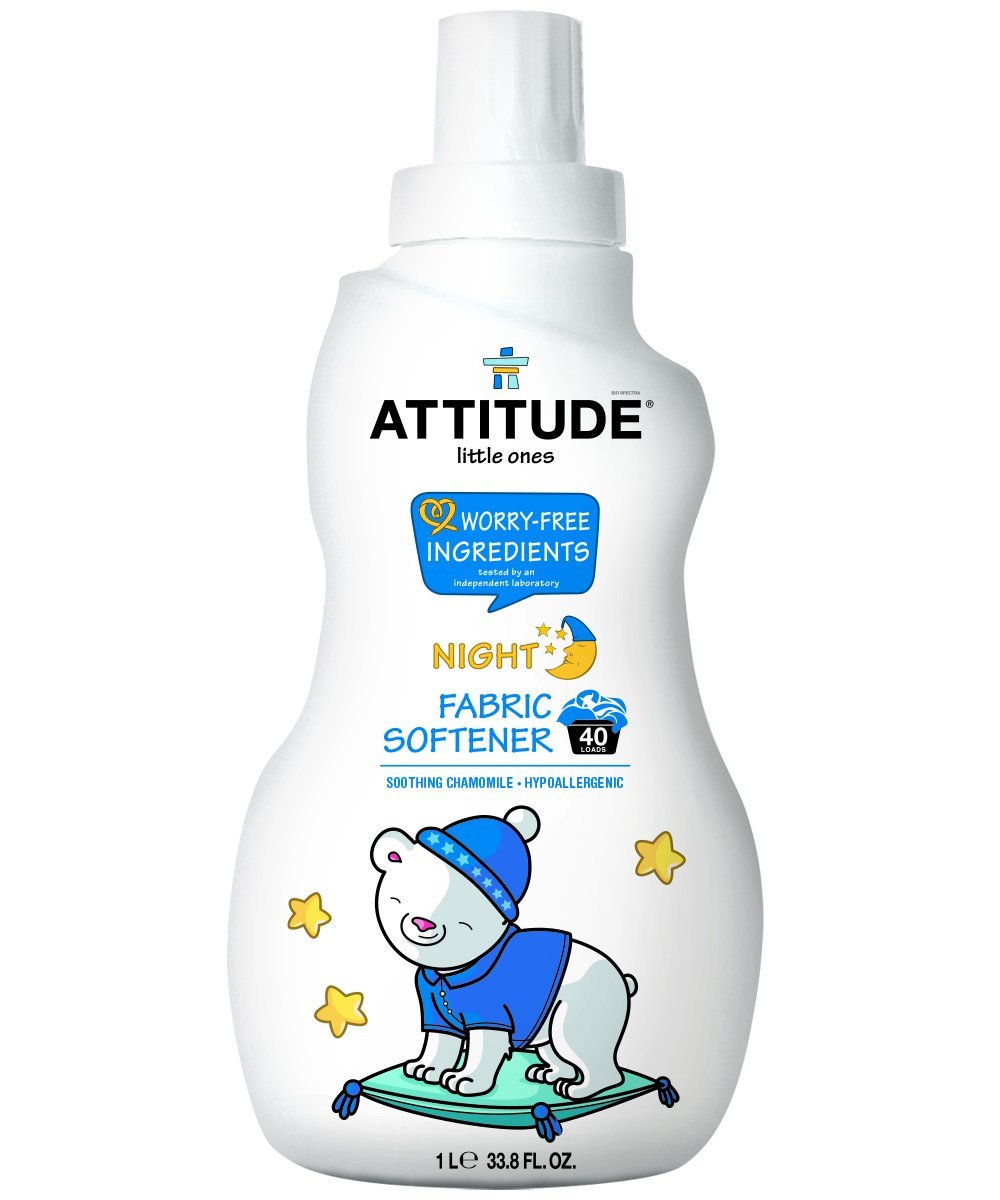Safe Alternative to Toxic Fabric Softner

Today, almost everyone in America adds a chemical fabric softener to their laundry routine, pouring a capful into the washer or tossing a sheet in the dryer. Fabric softener ads often portray an image of comfort, freshness and sweetness. Yet most fabric softeners contain a grim list of known toxins which can enter your body through the skin and by inhalation, causing a wide range of health problems, particularly for young children. Manufacturers are aware that the products contain toxic chemicals. The packaging on many brands include a warning that the product should not be used on children’s sleepwear. Since some of the same brands also have large images of children and toys, however, consumers may miss the small print message.

What is fabric softener?
It is a combination of chemicals that coat the surface of textiles with a thin layer of lubrication. This makes the clothes feel smoother and helps them to resist the buildup of static electricity. Early fabric softeners were made from a combination of soap and olive oil or other natural oils.
However, today’s fabric softeners are made of noxious chemicals combined with a massive amount of fragrance that masks their nose-curling odors. Fabric softener actually makes material less absorbent, which is not a good thing for your bath towels anyway.
Here is a list of just SOME of the toxic chemicals found in commercial fabric softeners:
- Alpha Terpineol: can cause central nervous damage and respiratory problems
- Camphor: causes central nervous disorders, is easily absorbed through skin
- Chloroform: a carcinogenic neurotoxin preferred by Ted Bundy
- Benzyl Acetate: linked to pancreatic cancer
- Benyl Alcohol: respiratory tract irritant
- Ethanol: on the EPA’s “hazardous waste” list, can cause central nervous system disorders
- Ethyl Acetate: a narcotic on the EPA’s “hazardous waste” list
- Limonene: a known carcinogen that irritates eyes and skin
- Linalool: causes central nervous system disorders and depresses heart activity
Safer Alternatives.
Buy a $5 set of dryer balls, switch to a soy-based softener, or add a quarter-cup of baking soda or vinegar to your wash cycle and you will never have to use chemical fabric softener again.
Vinegar is cheap and nontoxic. It naturally removes soap residue, and helps with static reduction during drying. Vinegar contains small amounts of sodium and potassium, which help soften hard water. Homemade fabric softener ingredients are combined with water to make a solution you can store in a container and use each time you do the wash.
Making your own fabric softener is very easy and cost effective.
Natural Homemade Fabric Softener Ingredients
- 1 gallon white vinegar
- 30 drops of essential oil (where to buy 100% pure essential oils)
To use:
Dilute the vinegar mixture with water before being used in your laundry. For regular sizes loads, mix 1/4 cup of vinegar mixture with 3/4 cups of water. Pour the fabric softener into your washer during the final rinse cycle.
Attitude can be purchased online from AMAZON






